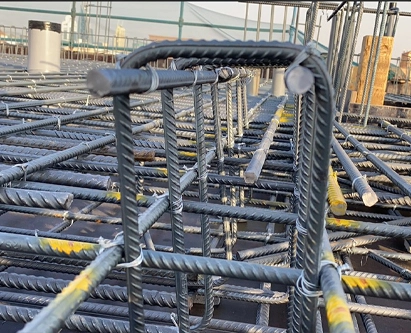Global Market Trends and Pricing for Barbed Wire Exporters
The Rising Cost of Barbed Wire Impact on Exporters
In recent years, the global demand for barbed wire has experienced a surge, driven by various factors such as increased agricultural activities, the rise of construction projects, and heightened security concerns. As a result, exporters of barbed wire are facing unique challenges related to fluctuating costs and competitive pressures in the market. This article explores the intricacies of barbed wire costs for exporters, the factors influencing these costs, and the strategies employed to mitigate financial constraints.
Understanding Barbed Wire Applications
Barbed wire, a staple in fencing and security, finds its applications in various industries, including agriculture, military, and construction. Farmers use it for cattle control, while developers utilize it to secure construction sites. The need for enhanced security in urban and residential areas has further bolstered its demand. As countries modernize and urbanize, the reliance on effective fencing solutions, including barbed wire, has become paramount.
Factors Influencing Barbed Wire Costs
1. Raw Material Prices The primary component of barbed wire is steel, and fluctuations in steel prices significantly affect production costs. Global events, such as trade disputes and tariffs, can lead to increased steel prices, which directly impacts the costs for exporters. For instance, in recent years, tariffs imposed by certain countries on imported steel have caused a ripple effect, raising the overall price of barbed wire exports.
2. Transportation and Logistics Exporting barbed wire involves considerable logistical expenses. Rising fuel prices and increased shipping costs, particularly post-COVID-19, have further compounded the financial burden on exporters. Delays at ports and supply chain disruptions can lead to additional costs, necessitating strategic planning and partnerships to mitigate these expenses.
3. Labor Costs Labor is another critical factor influencing barbed wire costs. Regions with higher minimum wages or enhanced labor regulations may see an increase in production costs for barbed wire, which exporters must contend with. Conversely, countries that offer competitive labor costs may attract more manufacturers, leading to price improvements in the export market.
4. Regulatory Compliance Exporters must navigate a complex landscape of regulations and standards imposed by importing countries. Compliance with safety and environmental regulations often requires additional investments in quality assurance practices, which can inflate costs for exporters. Ensuring that products meet international standards is essential but can be an expensive undertaking.
barbed wire cost exporters

The Competitive Landscape
The barbed wire market is characterized by intense competition, with numerous players vying for market share. This competition drives down prices, which can be detrimental to smaller exporters who may struggle to match the pricing of larger manufacturers. To remain competitive, exporters need to find ways to differentiate their products, whether through superior quality, unique offerings, or excellent customer service.
Strategies for Exporters
1. Diversification Exporters can mitigate risks associated with rising costs by diversifying their product offerings. By introducing various types of wire products, including high-tensile barbed wire or eco-friendly options, exporters can tap into niche markets that may be less sensitive to price fluctuations.
2. Strategic Partnerships Collaborating with other businesses in the supply chain can alleviate some of the financial burdens. By forming strategic alliances with raw material suppliers or logistics companies, exporters can negotiate better rates and improve efficiency.
3. Investing in Technology Automation and advanced manufacturing technologies can help reduce production costs in the long run. By streamlining operations and increasing efficiency, exporters can offset some of the rising costs associated with raw materials and labor.
4. Market Research and Adaptation Staying informed about market trends and consumer preferences is critical. Exporters who engage in thorough market research can adapt their strategies to meet the changing demands of consumers, ensuring they remain relevant in the marketplace.
Conclusion
The barbed wire export market is currently navigating a landscape of rising costs and intensifying competition. For exporters, understanding the myriad factors influencing costs and implementing strategic measures is essential for sustainability and profitability. As global demands continue to evolve, those who can adapt to challenges and innovate will be best positioned to succeed in an increasingly dynamic environment.
-
The Durability and Versatility of Steel Wire
NewsJun.26,2025
-
The Best Iron Nails for Your Construction Projects
NewsJun.26,2025
-
Strengthen Your Projects with Durable Metal Stakes
NewsJun.26,2025
-
Get the Job Done Right with Duplex Nails
NewsJun.26,2025
-
Explore the Versatility and Strength of Metal Mesh
NewsJun.26,2025
-
Enhance Your Security with Razor Wire
NewsJun.26,2025














